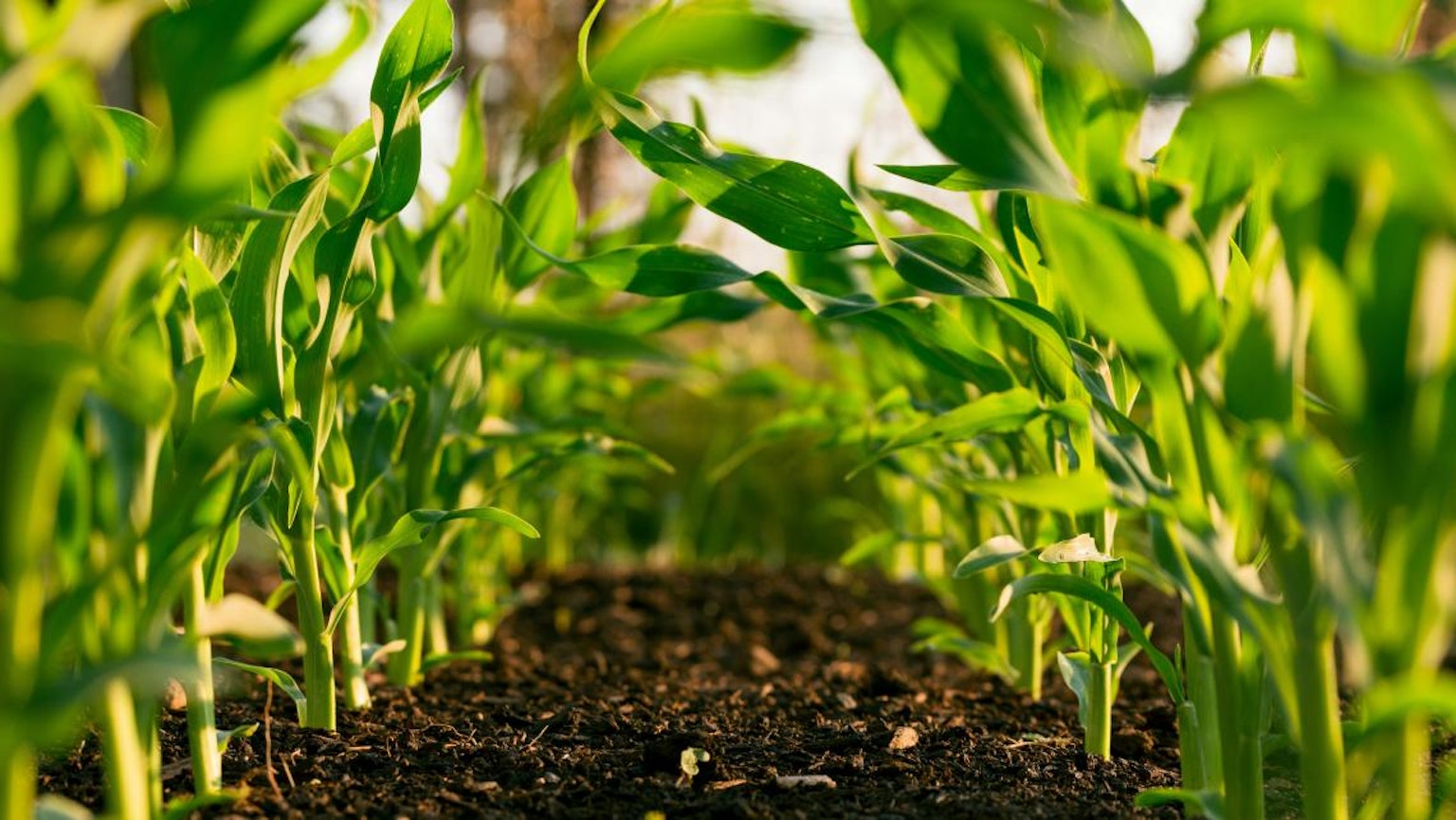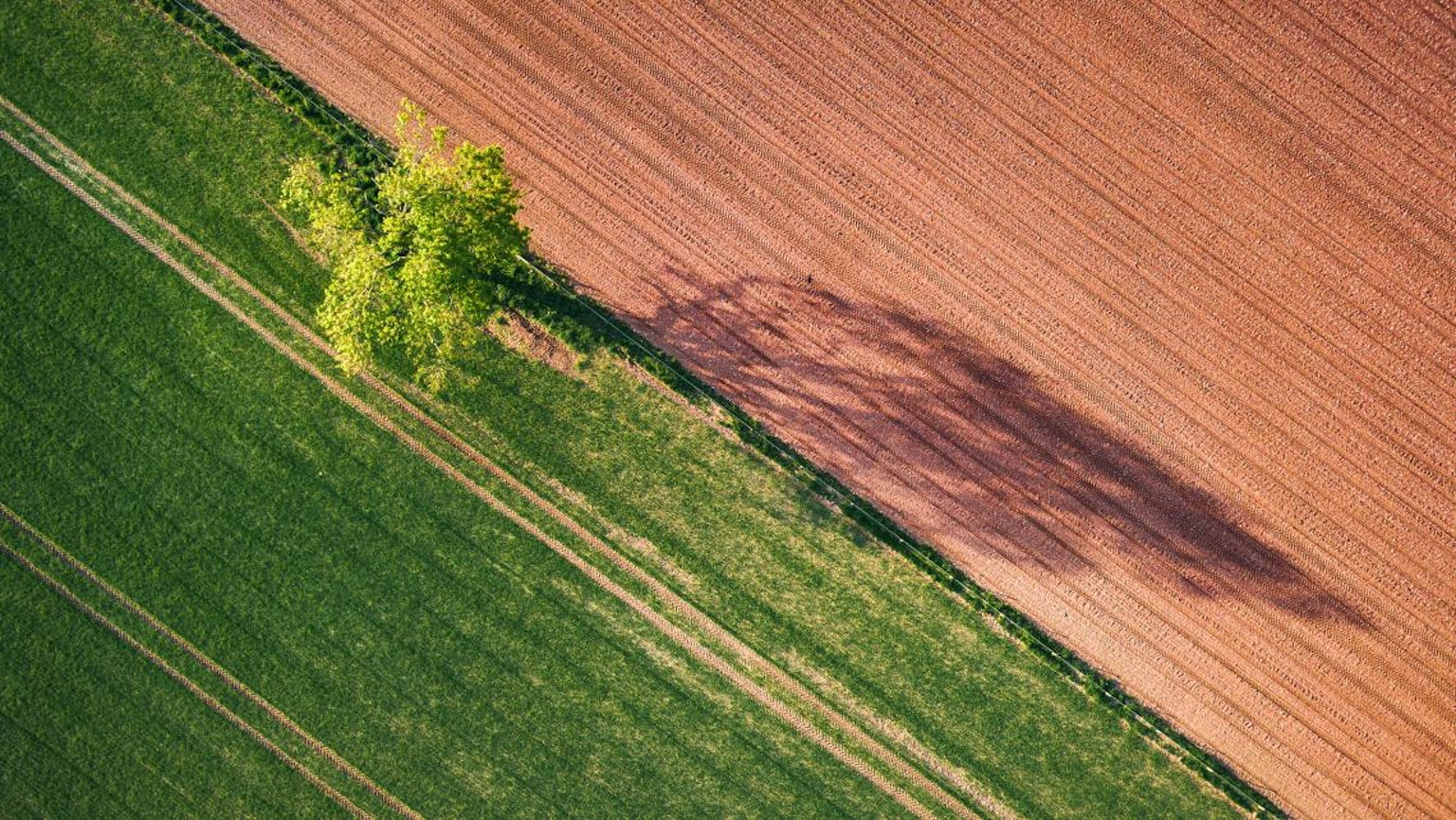announcement
Expansion of Gold Standard Soil Organic Carbon Scope of Activities under Unique ‘Umbrella Framework’
Gold Standard has announced a major expansion of activities under its Soil Organic Carbon Framework Methodology, releasing a new a soil organic carbon activity module for Zero Tillage alongside consultations for Cover Crops and Managed Pastures modules.

Soil organic carbon: an important mitigation pathway
Good quality soil plays a vital role for a healthy planet. It enables the production of food to feed our growing population, and it absorbs and stores Greenhouse gases (GHG). The recent IPCC Special Report on Climate Change and Land highlighted the significant contribution of land-use change and food production systems to global GHG emissions (approximately 23% of all emissions) (1). If global emission targets are to be met, emissions from food production need to be significantly reduced and carbon sequestration opportunities within farmland need to be realised wherever it is reasonably possible.
Healthy soil and sustainable land use - including soil organic carbon (SOC) sequestration - can help us meet our climate goals. As an indicator for soil health, SOC is important for its contributions to food production, mitigation and adaptation to climate change, and the achievement of the Sustainable Development Goals (SDGs). According to the Food and Agriculture Organisation of the United Nations, soils have the potential to sequester around 20 billion metric tonnes in 25 years, more than 10% of emissions from human related activity (2).
Science says that about half of topsoil on the planet has been lost in the last 150 years. This has been caused by increased demand for agricultural commodities leading to deforestation, overgrazing and the use of agrochemicals (3). Without proper land management these practices result in reduced soil quality, nutrient degradation and soil salinity, leading to more GHG emissions and the loss of fertile land. Areas with high SOC content such as peatlands, and large surface areas of low SOC content such as drylands, have an increased risk of becoming net sources of GHG emissions, flooding and desertification. However, if managed sustainably, they have the potential to sequester large amounts of carbon in their soils, contributing to climate change mitigation and adaptation (2).
It is vital that nature-based solutions (NbS) such as SOC activities are implemented in a robust and credible way. The environmental integrity that carbon credits represent remains key. Gold Standard SOC Framework Methodology, released in 2020, holds the same level of robustness and credibility that Gold Standard in known for. It holds true to the quality requirements across the Standard, including safeguards, stakeholder inclusivity, additionality, and permanence.
Projects working to sequester SOC can have a great impact on the climate and bring wider sustainable development benefits, such as increasing crop yields, improving farmer livelihoods, and reducing chemical pollution. Gold Standard’s unique framework acts as an ‘umbrella methodology’. It defines requirements and guidance to ensure consistent quality across different SOC activities used by project developers, and sets the requirements for the development of activity modules. Its structure allows for a broad range of applicability from small scale, low tech land use to industrialised, large scale land management, using a variety of SOC improvement approaches, including improved tillage practices, application of organic soil improvers from pulp and paper mill sludges, and biostimulants for soil revitalisation.
As scientific knowledge of SOC impact or activities covered in this methodology continues to evolve, the methodology is not limited to a specific activity but provides flexibility to apply the most current and best-fit systems.
Today, we have published a new a soil organic carbon activity module for Zero Tillage, available for immediate use under the methodology framework. We have also released two new activity modules for public comment during a 30-day consultation, one for Cover Crops and the other for Managed Pastures.
Released: Soil Organic Carbon Activity Module for Zero Tillage
This Soil Organic Carbon (SOC) Activity Module, now available for use, focuses on zero tillage/no-till practice, an agricultural technique for growing crops or pasture without mechanically disturbing the soil through tillage (including disturbance from non-turning tillage such as rippers and disc harrows). Crop is sown directly into soil that has not been tilled since the harvest of the previous crop.
Zero tillage is an effective mitigation approach which accumulates and avoids emission of SOC. In addition, GHG emissions are reduced through the decreased use of fossil fuels in field preparation.
Of particular significance to farmers is the role of long-term zero tillage in improving soil quality through:
- increased microbial biomass and earthworm activity
- prevention of soil erosion
- improvement of the nutrient cycling
- conservation of water in the soil through improving infiltration and reducing evaporation
- creation of greater aggregate stability, and
- contribution to ensuring food security
New Activity Module now available for application.
Public Consultation: Soil Organic Carbon Activity Module for Cover Crops
This Soil Organic Carbon (SOC) Activity Module focuses on cover crops planted to cover the bare soil during fallow periods to increase soil organic carbon. A cover crop is defined as a close-growing crop that provides soil protection, seeding protection, and soil improvement between periods of normal crop production. In a typical baseline situation, crop fields are left bare (i.e. without plant growth) from the time of harvest until the next crop is planted (fallow period).
Cover crops entail a multitude of benefits: they decrease soil erosion , improve retention of nutrients (nitrogen and phosphorus) and prevent their loss/run-off to vulnerable waterways, and increase soil organic carbon. In addition, cover crops increase soil water holding capacity, porosity, and aggregate stability, and improve rainfall infiltration, the size and activity of the microbial population, and nutrient cycling.
Open for public comment until 21 March 2024.
Public Consultation: Soil Organic Carbon Activity Module for Enhancing Carbon Stocks in Managed Pasture
Planted and managed pasture is a key source of nutrition for livestock, particularly in a dairy production context. An opportunity to remove additional carbon may exist through the improved management of pastures, thereby increasing soil organic carbon (SOC) stocks over time. However, care needs to be taken to ensure that not only are changes in SOC reported, but the net change in GHG emissions due to the project activity once potential changes in fossil fuel-, fertiliser- and manure- use are considered.
Open for public comment until 21 March 2024.
If you would like to know more, get in touch with thecontact Gold Standard Team
[email protected]
Acknowledgments
The SOC activity modules for Zero Tillage and Cover Crops were developed by TREES Consulting, financed by AGORO Carbon.
The SOC activity Module for Enhanced Carbon Stocks in Managed Pasture was developed by Cirrus on behalf of Valio.
References
2 https://www.fao.org/documents/card/en/c/ed16dbf7-b777-4d07-8790-798604fd...
3 https://www.worldwildlife.org/threats/soil-erosion-and-degradation

